Düsseldorf
- 2015
- 2014
- 2013
- 2012
- 2011
- 2010
Hangzhou
- 2014
- 2013
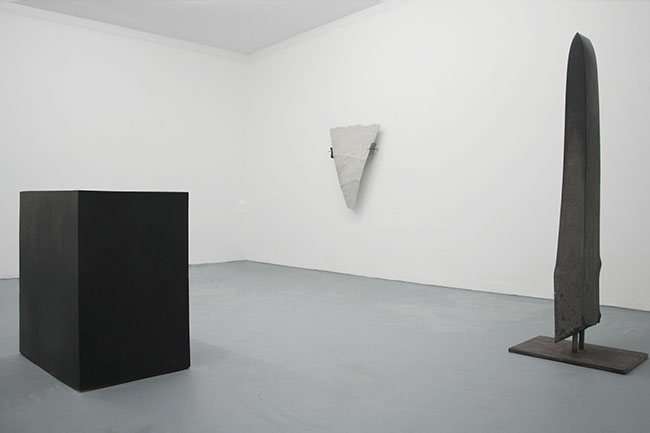
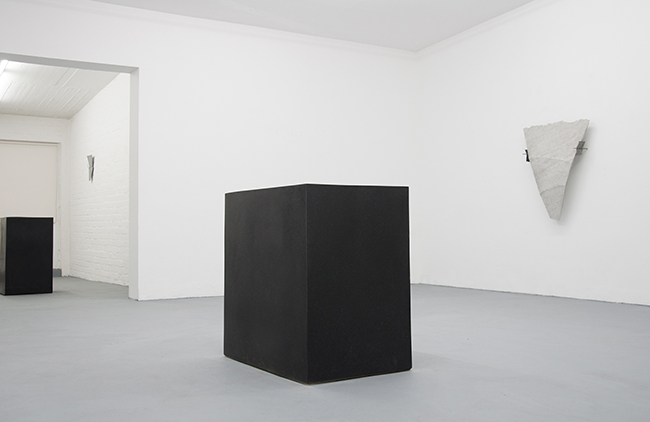
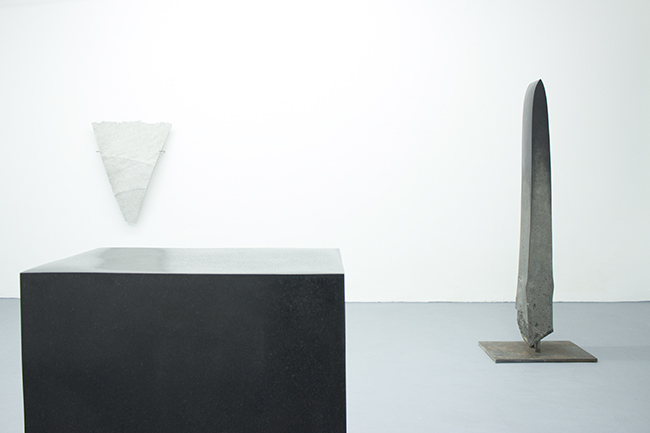

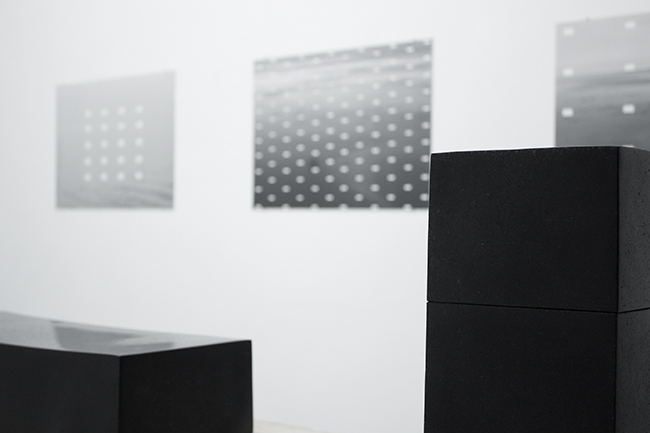

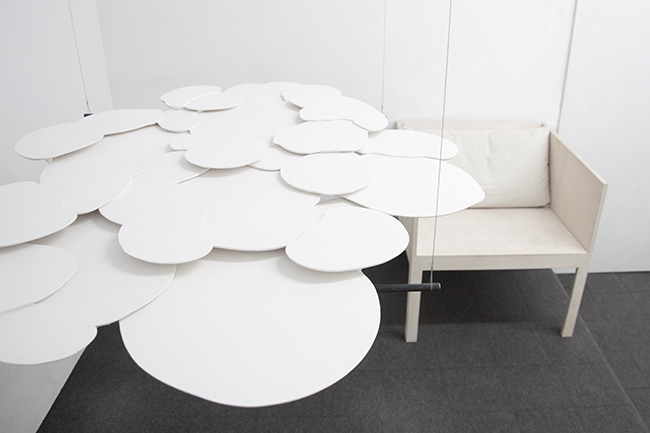
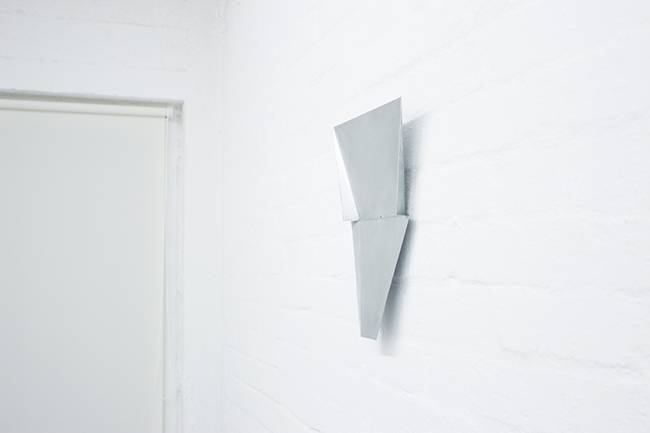

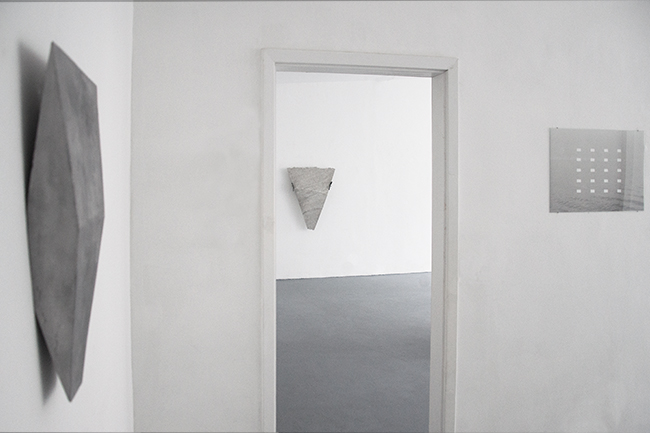
Valerie Krause Friedrich Meyer
The exhibition represents a dialogue between two distinctive artists: Valerie Krause and Friederich Meyer. The idea came about due to special circumstances: The Düsseldorf artist Valerie Krause apprenticed in stone masonry under Friedrich Meyer before beginning her studies in Fine Art at the Düsseldorf Academy of Art. With DIALOG, the former student and teacher will trace their mutual influences on each other, as well as their distinctive aesthetics and methods, and will reflect upon their approaches to concept, dynamics, structure and space within sculptural work.
Before Valerie Krause (*1976) began her studies at the Düsseldorf Academy of Art, where she later graduated in Didier Vermeiren’s class, she completed an apprenticeship under Friedrich Meyer. Currently she no longer works with classical sculpting in stone, instead building amorphous sculptures using a variety of elements. Her work in the exhibition is made up of sculptures and photographs. The materials that Valerie Krause uses for her sculptures influence the look and feel of the work: they consist of malleable substances that are freely formed and are subsequently solidified. As a result, Krause’s work appears light and airy, in contrast to work made with heavier, massive materials. The work portrays frozen movement, the transmission and impact of energy. It is no wonder, then, that Valerie Krause complements her sculptural work with photographs. The photographs are embellished with window-like cuts, through which the boundaries between the image and open space are broken. They stand in stark contrast to the work of Friedrich Meyer, whose closed, self-contained stone pieces play off of the open structures of Krause’s work, yet do not overshadow them.
Friedrich Meyer (*1939) began his career as a master stonemason, but his work crossed the boundary from trade to art. His work is multifaceted and though the basis of his work are gravestones, he creates them with a strong aesthetic value. He considers himself not only as the maker of a product, but as a narrator for the stories of his customers. Other than gravestones, his workshop contains art pieces such as the granite monoliths that are on display at the exhibition. Meyer chooses each of the stones based on their natural forms, which he then sculpts using a variety of tools. Through the work of the artist the stones are elevated from their natural state, and to a certain extent, are cultivated into a closed and pure form. They preserve an iconic presence, which is made stronger through the heaviness of the stones and their smooth, reflective surface. It is only upon close inspection that one can truly appreciate how finely the stones have been worked. The surface appears in motion, where the ashlar has an almost flowing impression, which stands in opposition to the materiality and thus generates a form of tension.
(Bastian Schramm, translation Whitney Flores)